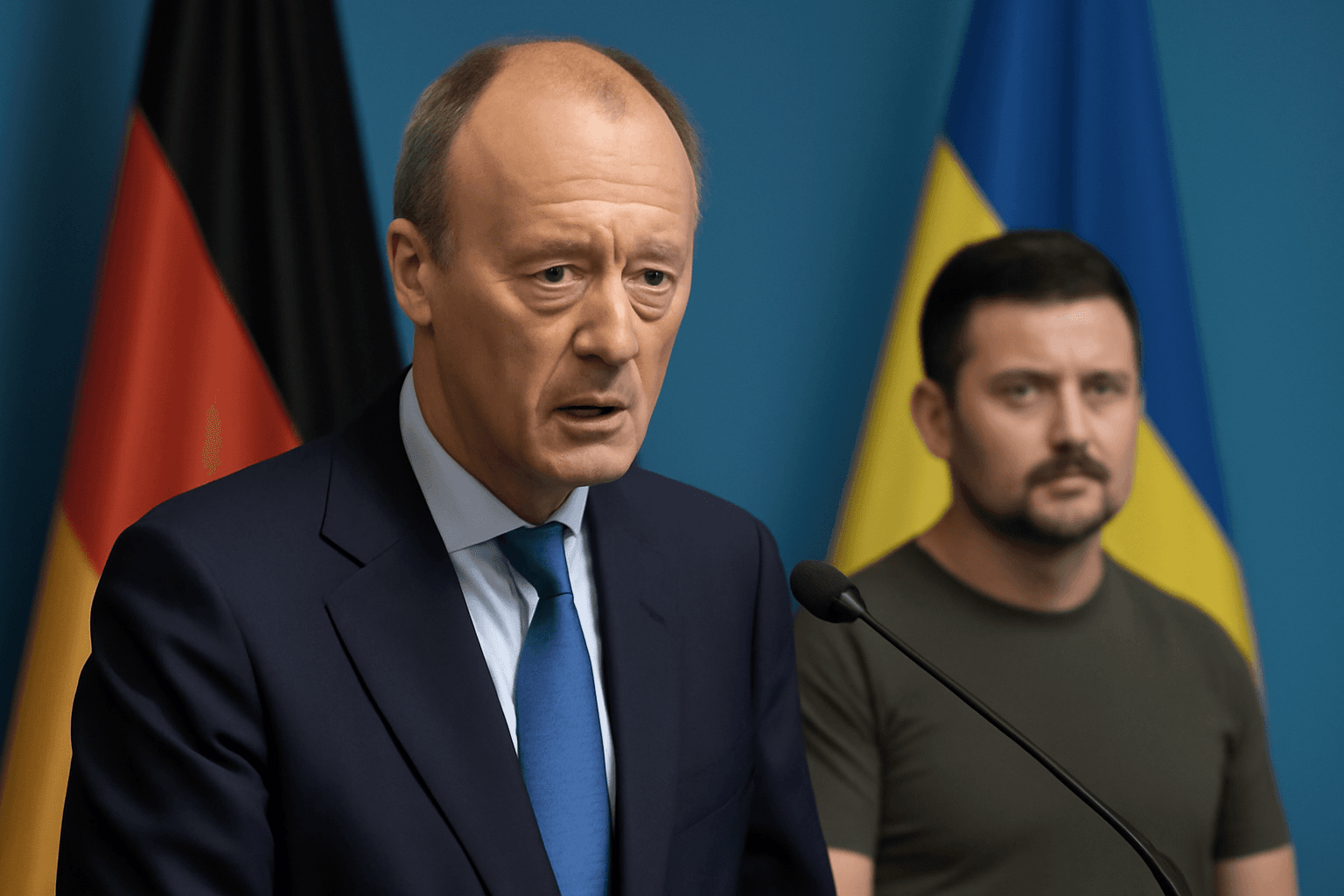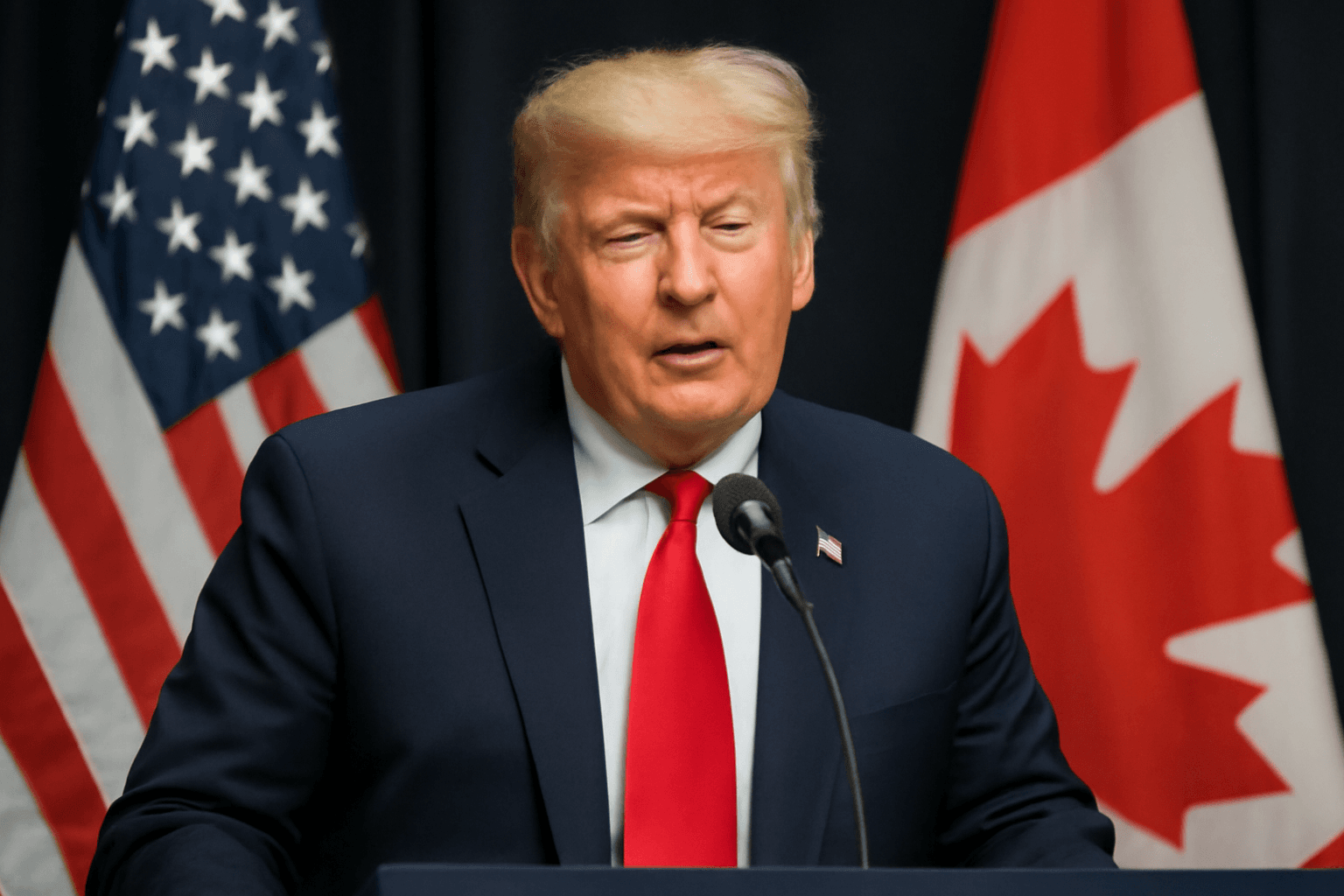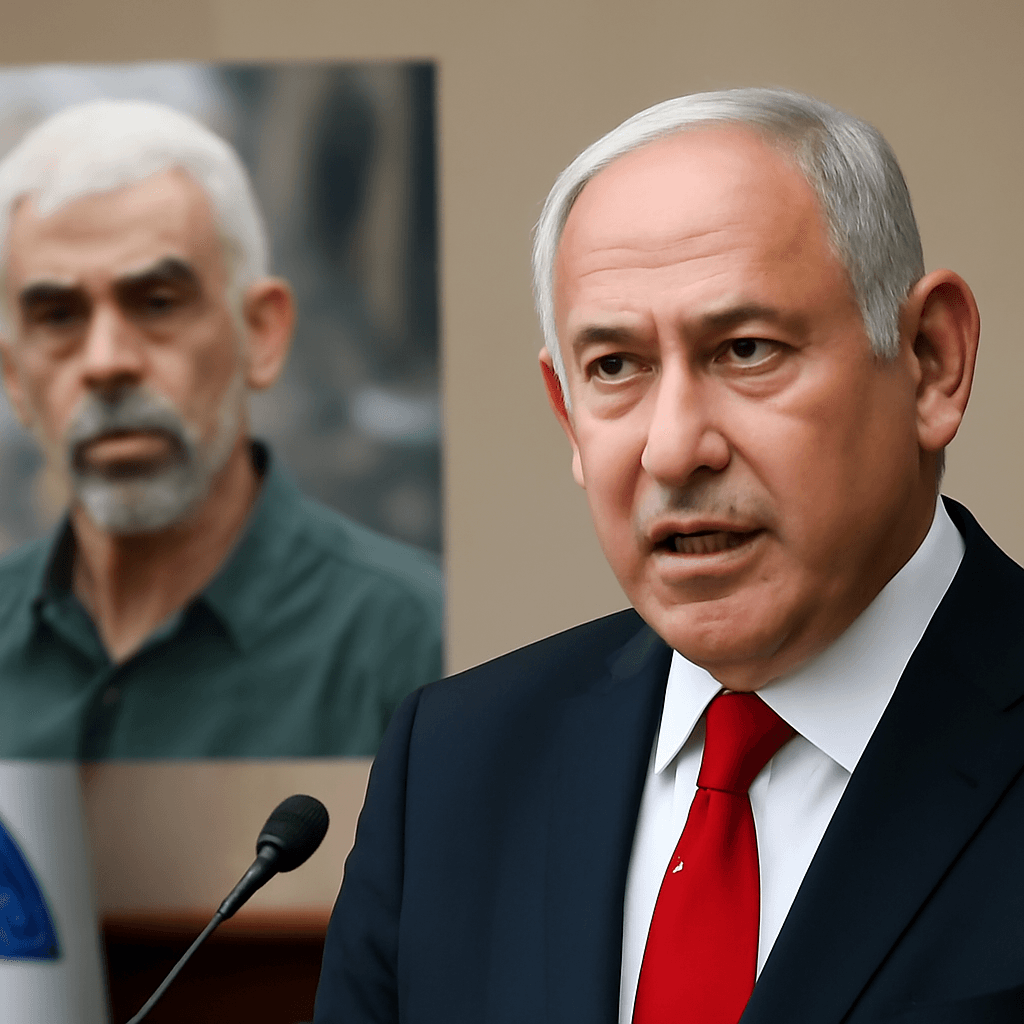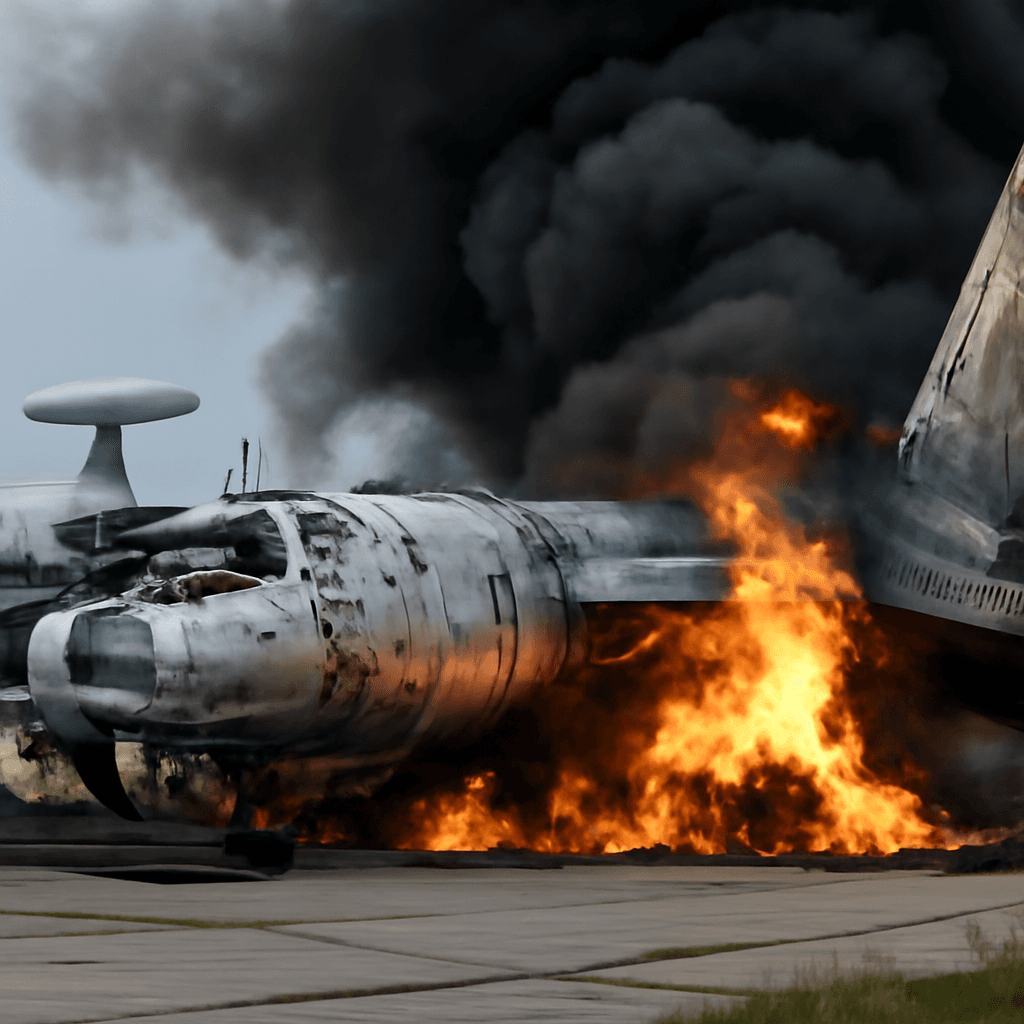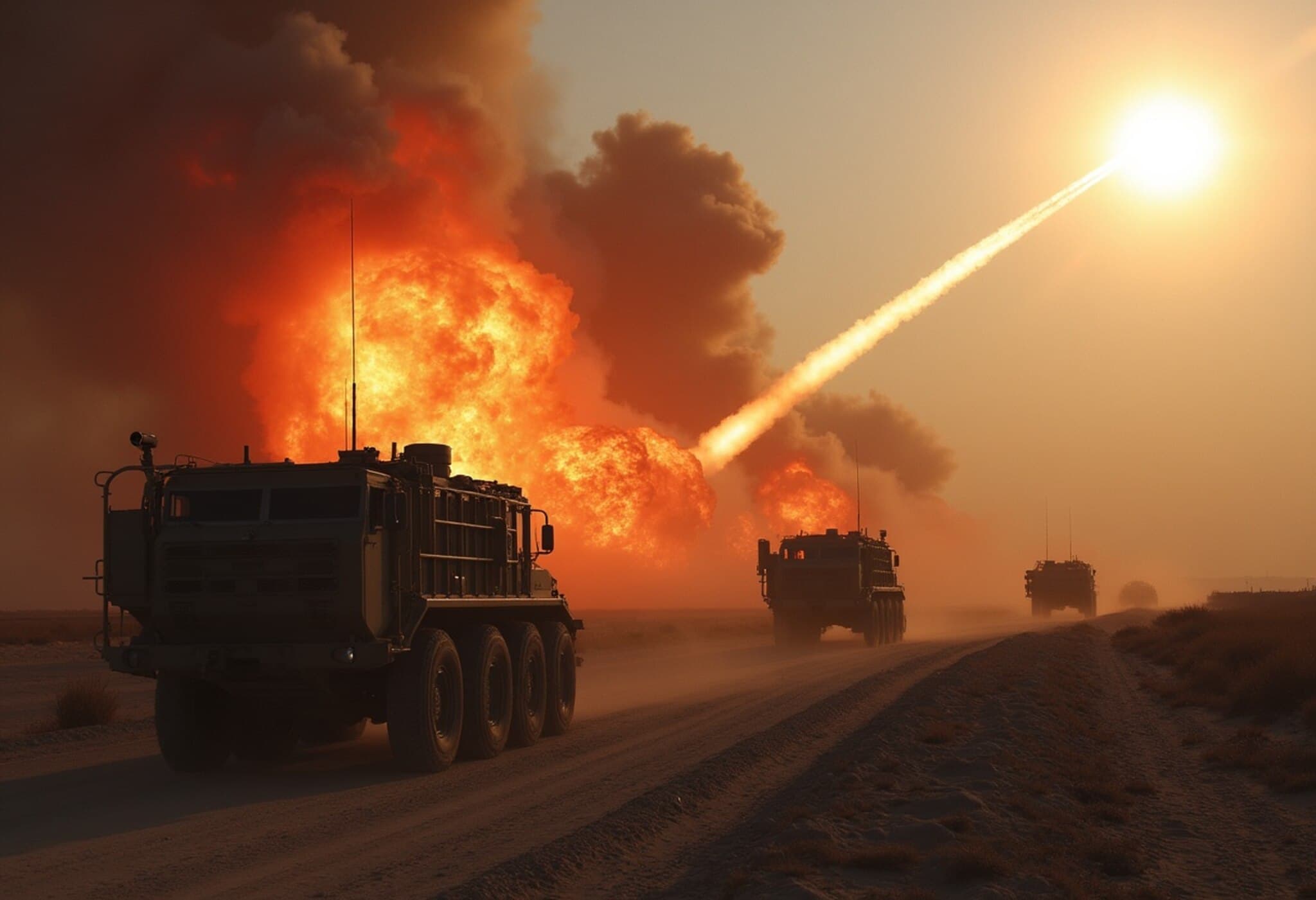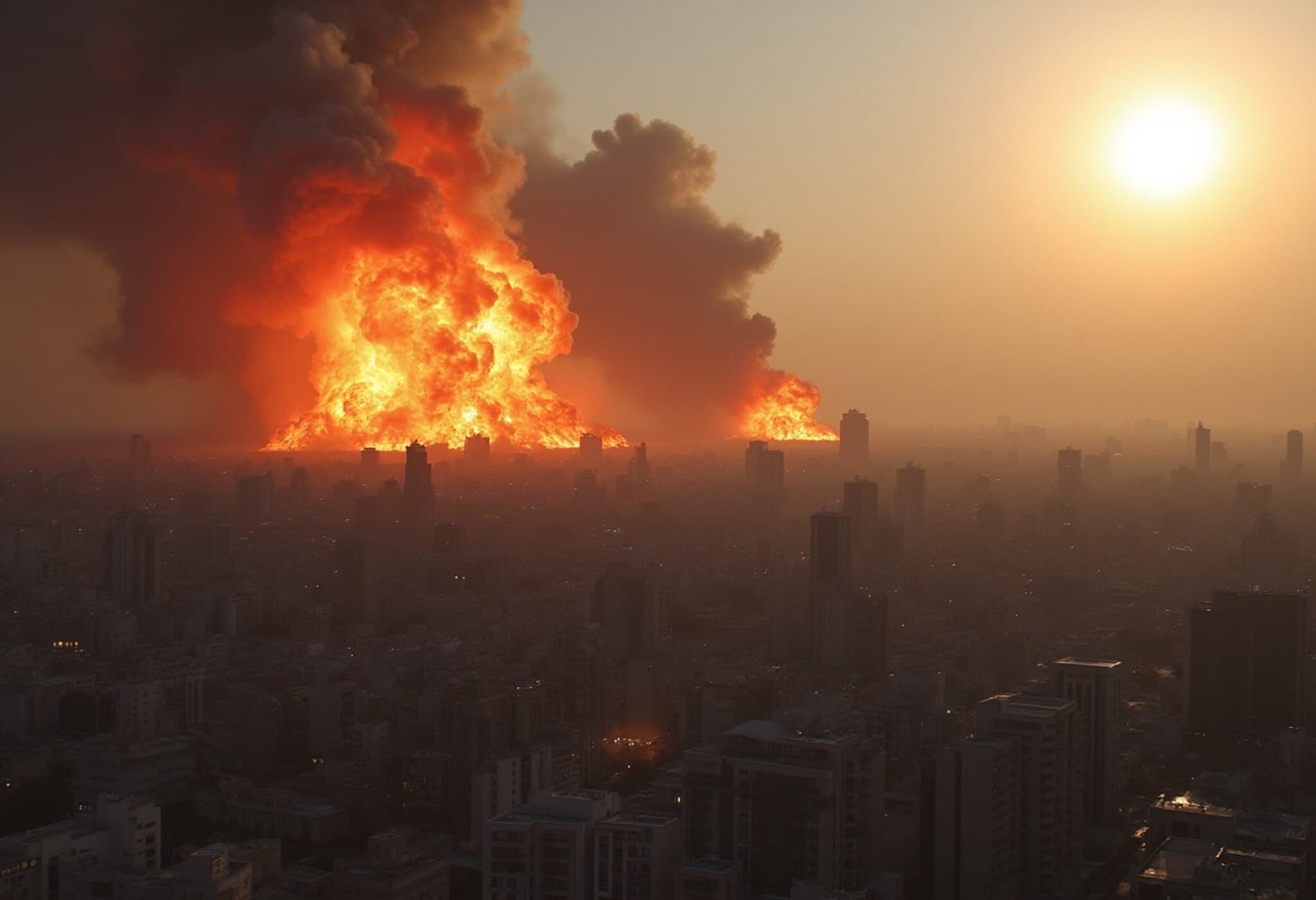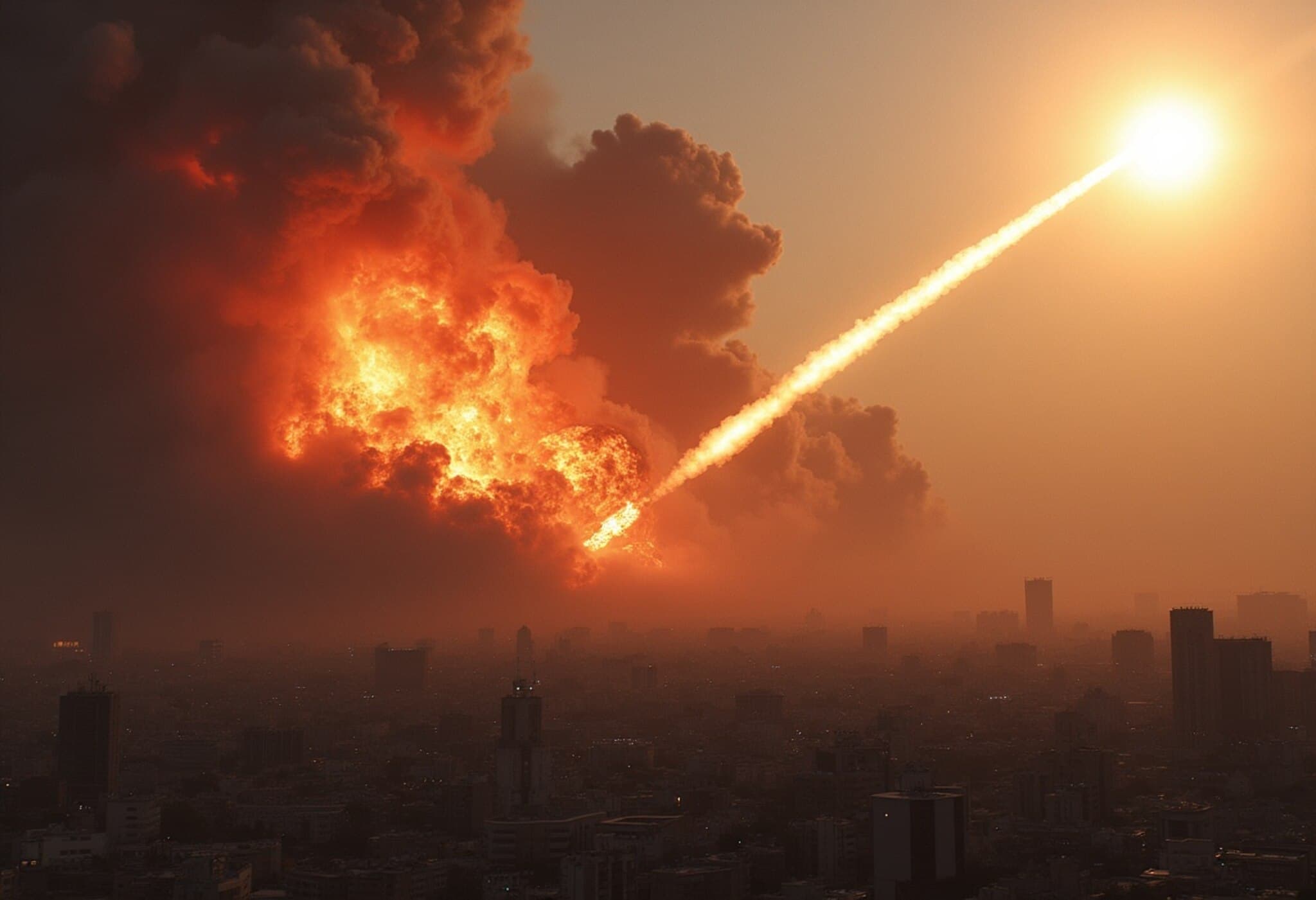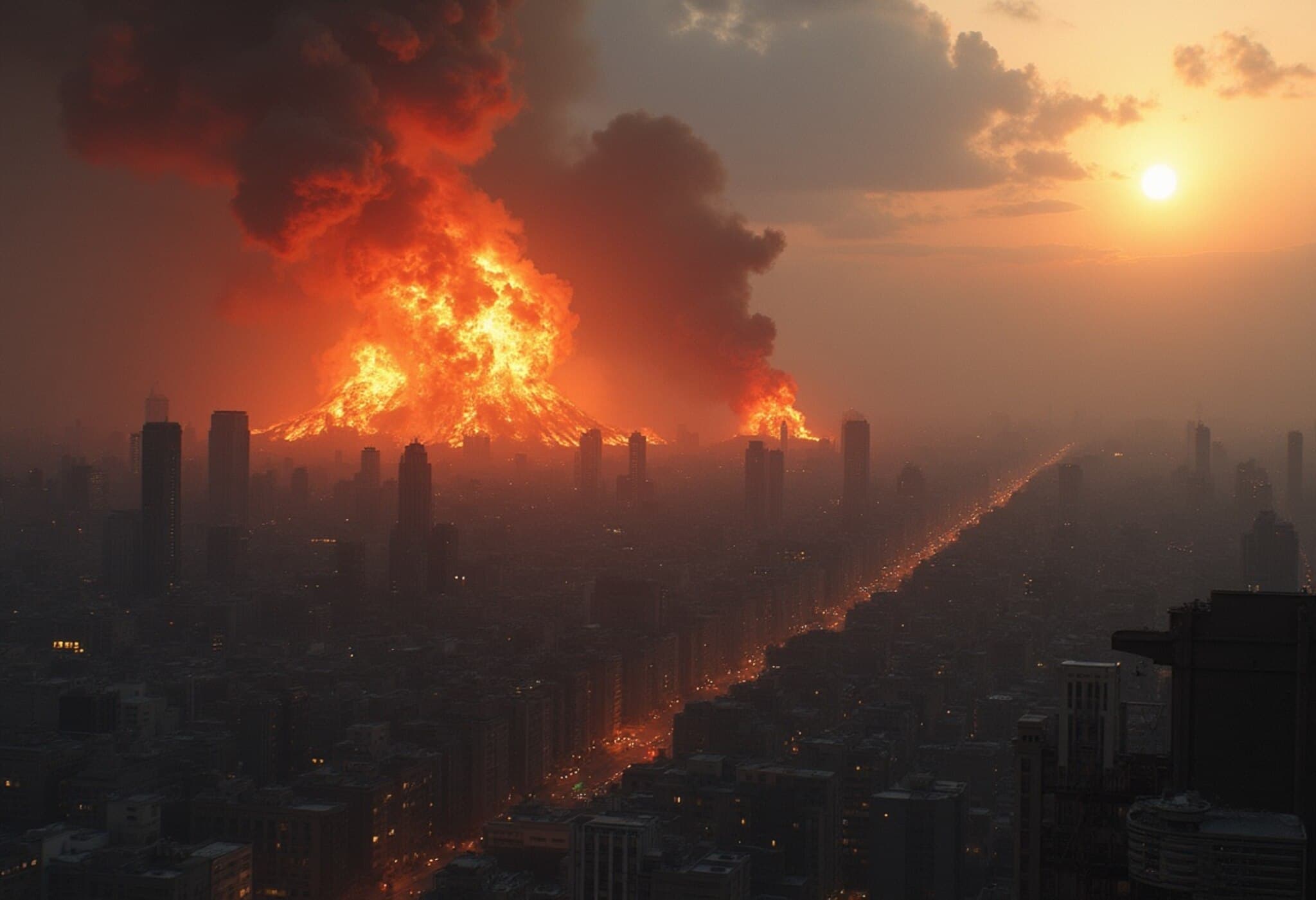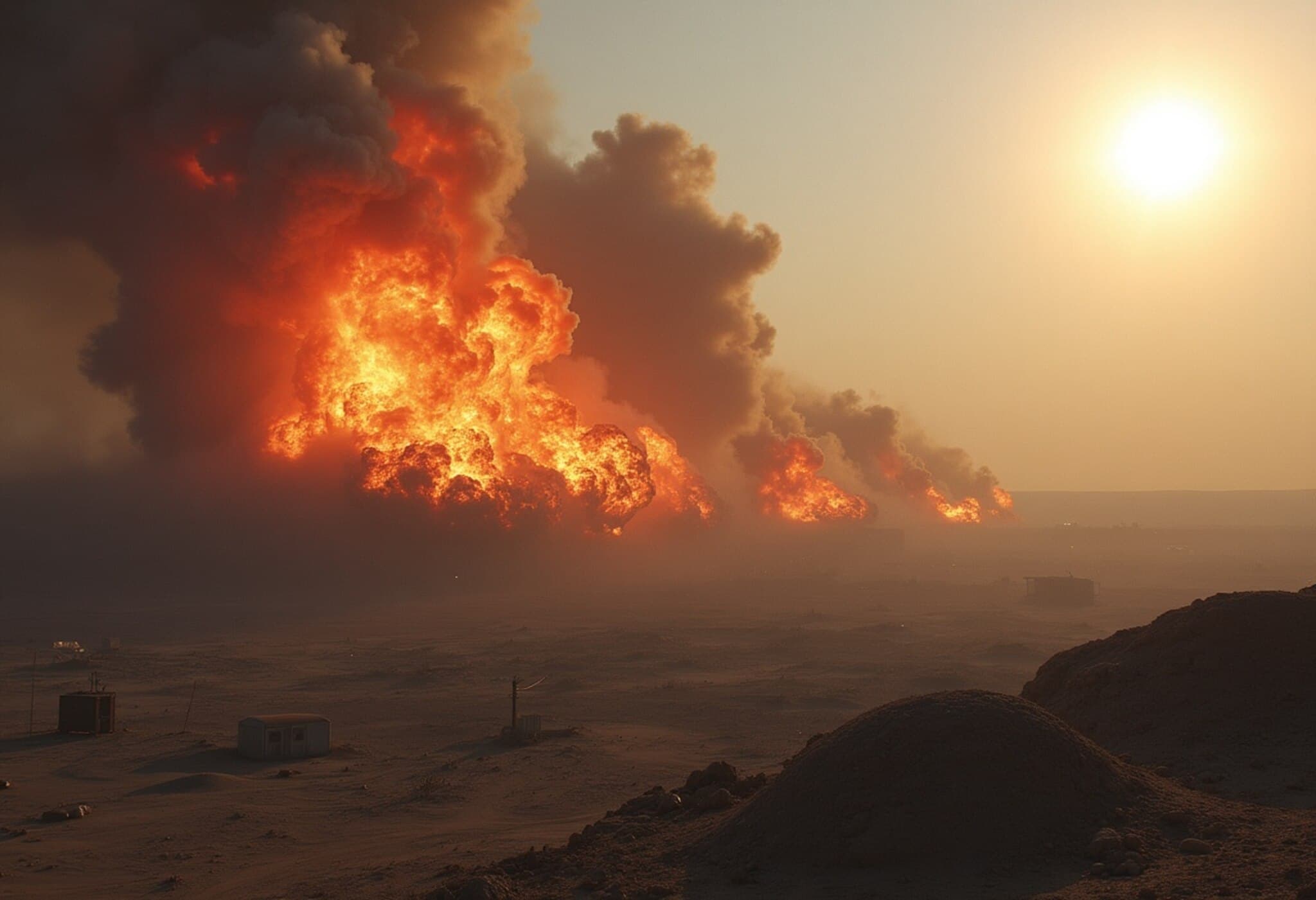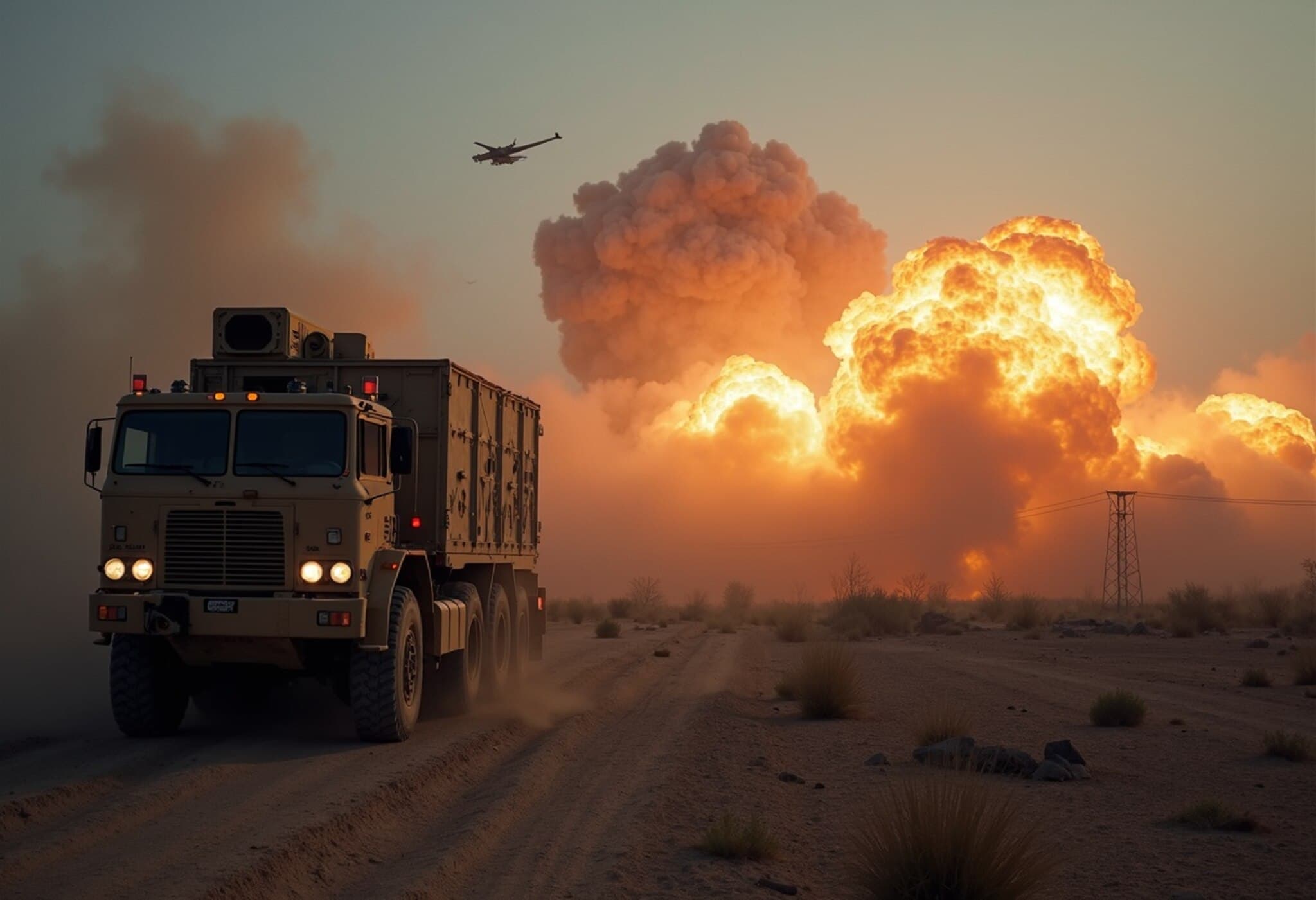Defense Secretary Pete Hegseth Vows Iran Nuclear Program Severely Damaged
US Secretary of Defense Pete Hegseth stepped forward this Thursday to robustly defend the recent US airstrikes targeting Iranian nuclear enrichment sites. Dismissing early intelligence assessments that suggested the operation only caused temporary disruption, Hegseth insisted the mission significantly "decimated" Iran’s nuclear capabilities.
Leaked Preliminary Assessments Spark Controversy
Speaking from the Pentagon, Hegseth described the initial reports, which downplayed the strikes' impact, as "preliminary" and leaked with an intent to "muddy the waters." He argued these leaks aimed to minimize what he called a major achievement. Highlighting advanced AI models and simulation videos, Hegseth showcased the devastating effects of the GBU-57 bunker buster bombs used in the operation.
General Caine Supports Effectiveness of Operation Midnight Hammer
Echoing Hegseth's stance, Gen. Dan Caine, chairman of the Joint Chiefs of Staff, described the airstrikes—codenamed Operation Midnight Hammer—as the result of "15 years of incredible work" by the Defense Threat Reduction Agency. He confirmed that all 14 bunker buster bombs successfully struck their intended targets and that modeled outcomes such as significant blast forces destroying key underground infrastructure had been achieved.
"The weapons all guided precisely and detonated as designed," Caine affirmed, emphasizing the operation's precision and effectiveness.
Disputed Damage Assessments and Intelligence Responses
Initial reports from the Defense Intelligence Agency suggested the strikes set Iran’s program back by only a few months. However, conflicting views emerged when CIA Director John Ratcliffe and Director of National Intelligence Tulsi Gabbard cited new intelligence from a highly reliable source, indicating that major facilities at Fordow, Natanz, and Isfahan were "destroyed" and would require years to rebuild.
Despite ongoing questions, Hegseth pushed back against concerns from the International Atomic Energy Agency regarding Iran’s unaccounted 400kg stockpile of 60% enriched uranium, stating he was "not aware of any intelligence" suggesting materials had been moved or tampered with.
Media Criticism and Political Backlash
Hegseth sharply criticized media outlets for reporting the leaked preliminary intelligence, accusing them of leaking classified information to politically undermine President Trump. "Time and time again, classified information is leaked or peddled for political purposes to try to make the president look bad," he said, defending both the pilots involved and the overall mission.
Reinforcing this perspective, President Trump publicly lauded the Pentagon’s briefing as "one of the greatest, most professional, and most confirming news conferences" he had witnessed. Trump further lambasted the press, labeling the coverage a "Witch Hunt" and urging an apology to military personnel.
In a separate social media post, the President addressed speculation about the Iranian nuclear site, stating that nothing was removed from the facility, attributing the visible vehicles to concrete workers attempting to conceal shaft tops. He noted the challenges in moving heavy equipment, stressing the logistical impracticality of removing materials.
Summary
In a climate rife with conflicting intelligence and media scrutiny, the US Defense Secretary and military leaders maintain that the recent airstrikes have dealt a significant, possibly crippling blow to Iran’s nuclear program. Yet, divergent reports and political tensions continue to fuel debate over the operation's true impact.


